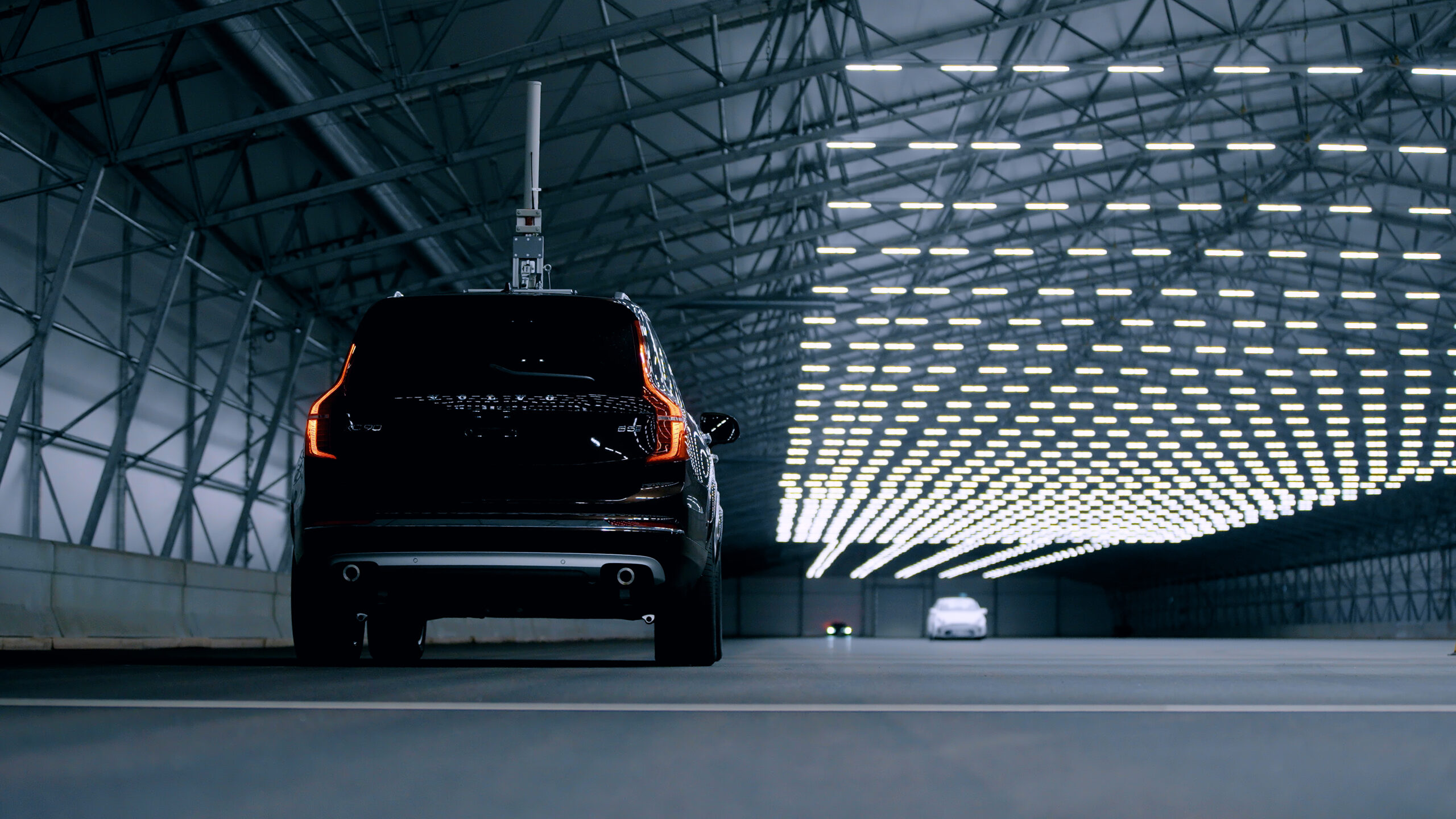AstaZero unveils the world’s most advanced proving ground
Technology breakthrough hastens a new era in vehicle connectivity
- RISE (Research Institutes of Sweden) Proving Ground AstaZero unveils the first 6G, edge computing facility to test the limits of traffic and vehicle communications.
- 99.999% connected vehicle system reliability achieved for the first time.
- Advanced AI-powered systems to face the world’s most demanding tests in the global race for connected vehicle supremacy.
Telecom providers, AI engineers, and vehicle manufacturers around the world are collaborating to navigate an increasingly interconnected and complex vehicle ecosystem. As international 3G networks are decommissioned, traffic, business and mission-critical systems (i.e. police, ambulances, fire brigade) face the challenge of upgrading and adapting their systems to ensure seamless integration with 6G infrastructure and technologies. AstaZero is now launching a unique system that enables communication reliability between vehicles to reach 99.999%, marking a significant breakthrough in vehicle testing for a generation.
Virtually every new car, truck and bus sold today is equipped with a host of sensors needed to support drivers (e.g. emergency braking, lane keeping, etc) and technology that allows drivers to receive information about, for example, road conditions or traffic. The next generation of critical communication (V2X) scenarios will unlock the full potential of this ecosystem and allow vehicles, both AI-enabled and non-AI-enabled, to interact within EDGE networks. These systems will need to reach a reliability of 99.999%, which requires that not only will tests on the individual sensor level be required, but also on integrated and collaborative systems, a task which have been impossible until now. This is a critical step forward in the journey for autonomous vehicles, industrial automation and connected societies, as it allows virtual objects and situations to be tested in scenarios limited solely by the engineer’s imagination and vehicle technology.
In a future where highly automated traffic systems not only enhance safety but also enable vehicles and infrastructure to communicate seamlessly, the intelligent test network will help to optimize traffic flows, reduce congestion, minimizes emissions, and ultimately transform urban mobility into a smoother, more efficient experience for all.
In live tests of complex traffic scenarios, the new system uses orchestration tools to manage and communicate critical data, including exact positioning and control signalling to and between different objects during tests, including self-driving vehicles, cyclists, pedestrians, motorbikes and physical infrastructure, including traffic signals. The increased adoption of drone technology, particularly in urban settings, will also benefit from the ability and reliability to test a multitude of scenarios hitherto impossible.
AstaZero proving ground is the only open and neutral test location in Europe, if not the world, where transport tests with this level of advanced technology is made available to any brand, enabling unique and unbiased data testing for all.
“In the future, communication might not always originate from the sensors on the vehicle itself, but instead from sensors mounted on connected infrastructure or from the sensors of another vehicle. In these types of systems, three key factors are crucial: reliability, ultra-fast communication and intelligent decision-making. However, the bitter truth is that without a global, harmonious and integrated testing approach, there is no guarantee that vehicles and infrastructure will have the capabilities to enable the highest level of safety with complete confidence within this connected ecosystem.” said Peter Janevik, CEO, RISE AstaZero.
The primary reason for testing new vehicles and traffic technology is to increase safety and reliability. As vehicle manufacturers innovate to reduce accidents, the need to test new technology to its absolute limits is key if they are to become commercially viable.
A safer vehicle and pedestrian ecosystem will be a significant outcome of the technology tested at AstaZero. Studies show that accidents across European cities are on the rise, particularly involving commercial vehicles, pedestrians and cyclists. The decreasing number of road accidents in Europe has flattened out. From 2019, the decrease in fatalities plunged from a 10 percent to a 1 percent reduction in 2023. The test facility will directly address this by ultimately improving the communications whilst decreasing the latency between vehicles and the infrastructure ecosystem that underpins it.
Contact
Peter Janevik, CEO AstaZero AB
Email: peter.janevik@ri.se
Telephone: +46-10-5166143
For further information: Anneli Rosenkvist, Communication
Email: anneli.rosenkvist@ri.se
Telephone: +46-10-5166161
Read the full press release on our press website >
